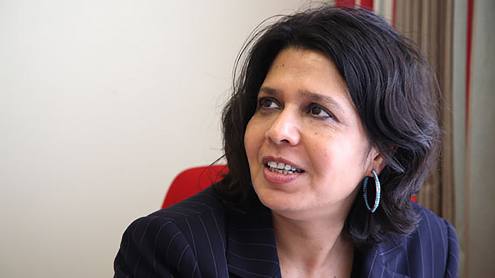This month, let’s consider the opportunities of small storage devices, especially with chips. A decade ago, the idea of stored value smart cards using intelligent chips was laughed at by many banks, who pointed to the failure of smart cards with consumers as a good reason not to take chips seriously. Now we have EMV (Europay, Mastercard, Visa) programmes being rolled out worldwide, with chip & pin lauded as the major new authentication method. Contactless chip cards from American Express, MasterCard and Visa are being deployed in their millions.
Missing a chance
But our thinking is being limited and we are missing huge opportunities. For example, the chips in our mobile telephones are becoming smaller and smarter everyday. Today, a 2GB microdrive the size of a fingernail is common as storage in a telephone. PC memory sticks have also shrunk.
So we should think of chips being as powerful as you want, connected anywhere, anytime, all of the time, wirelessly. We should think of them in the same way as we think of computers and, just as Moore’s law states that computers become twice as powerful for half the cost every 18 months, so chips are becoming twice as powerful for half the cost every few months. And just as today’s mobile telephones are as powerful as yesterday’s computers, so today’s chips are as powerful as yesterday’s telephones.
Therefore, if you think of that credit card, telephone or other device using a chip as a powerful computer server, what would you do with it? Right now, banks are talking about using it for payments in contactless cards with low value limits due to the chip being too dumb to provide authentication and validation. Banks are talking about using chips to support proximity marketing using RFID (Radio Frequency Identification) chips in contactless cards to track customer movements.
Forget limits
But think further, unbounded by today’s limitations. What could banks really do with an unlimited chip storage device the size of a flea that could be deployed anywhere? How about a complete biometric identity management system, with a client’s full service and transaction history across all their financial providers, delivering a truly comprehensive view whenever a customer makes contact online or in the real world?
Too much like science fiction? Just remember, the idea of using a credit card on the internet was also pretty visionary 10 years ago.
Chris Skinner is an independent financial commentator.(www.balatroltd.com)






